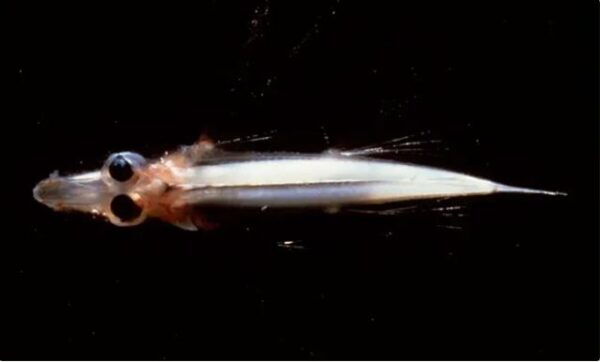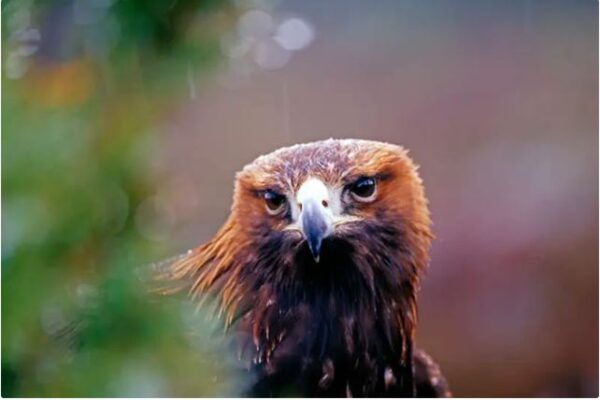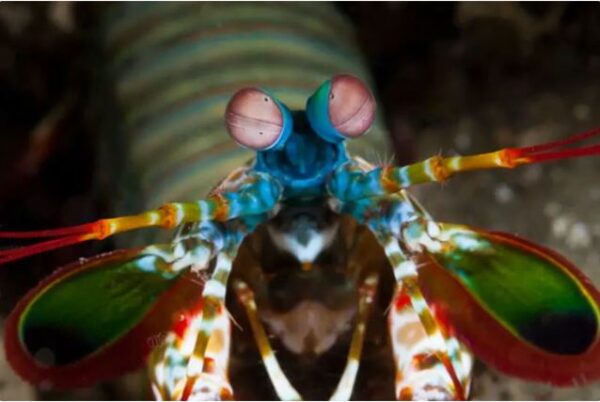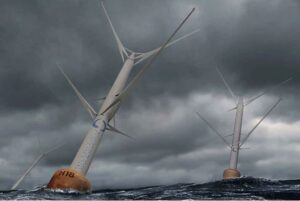In the animal world, sight is often the first line of defense against predators, as well as a vital sense for catching prey. Since then, many animals use complex visual systems to help them survive in specific habitats.
To live in the darkest places on Earth or move across the sky, creatures have evolved special and strange ways to help them perceive the world around them.
Reflective eyes
Spookfish eyes possess a unique reflection mechanism like a lens (Photo: Getty).
Spookfish live deep in the ocean, where sunlight rarely reaches.
Therefore, this creature must use a visual structure like mirrors and lenses to see everything around it. It is the only known vertebrate with this trait.
In particular, the lens mirrors in their eyes are made of guanine crystals, which can be focused to amplify light emitted by plankton and other luminous marine organisms.
What’s even more strange is that this fish’s eyes are divided into two interconnected parts, with one part facing up, and the other looking down.
That way, they can track prey with a wider angle, as well as easily detect hidden predators.
Super vision
Birds of prey have extremely good vision, helping them detect prey while flying thousands of meters in the sky. (Photo: Getty).
In North America, Europe and some areas of Asia, golden eagles fly very high in the sky with a wingspan of 2.1 meters. However, they easily detect prey at a distance of several kilometers.
To do this, they possess an extremely high density of visual cells called rods and cones located inside the retina.
Rod cells are responsible for recording the overall shape of an object, while cone cells detect color and detail.
According to studies, the density of rods and cones in the eyes of birds of prey is at least 5 times higher than in human eyes.
The species with the best eyesight in the bird family is the falcon. They can accurately see a field mouse or a rabbit running underground from an altitude of 2-3 thousand meters.
The biggest eyes
The eyes of a giant squid at Te Papa Museum in New Zealand. (Photo: Getty).
Possessing the largest eyes in the animal kingdom is the giant squid. The largest individuals of this species can be 12 meters long, and their eyes can be up to 25cm in diameter.
This species uses its large eyes to capture as much light as possible from the dark undersea world to hunt fish and shrimp.
Their vision also allows detecting a moving sperm whale at a distance of 122 meters.
This is one of the main enemies of giant squid, which often moves in deep ocean areas with little or no sunlight.
Detects ultraviolet rays
Mantis shrimp in Indonesia. (Photo: Getty).
Mantis shrimp are known for their extraordinary strength and agile claws, which can break snail shells with just one attack.
They also boast a unique visual system, with eyes that can process 12 color channels, as well as detect ultraviolet (UV), polarized light, whose waves vibrate in the same direction.
In comparison, humans can only process three color channels: blue, green and red. In addition, the human eye cannot see polarized or ultraviolet light at all.
Eyes change color
An Arctic reindeer grazing on the tundra in Svalbard. (Photo: Getty).
Arctic reindeer (tapetum lucidum) are rare vertebrates that change eye color with the seasons.
Specifically, their eyes change from yellow in summer to blue in winter. This is to compensate for the drastic changes in sunlight in the Arctic.
Their blue eyes enhance their ability to detect shorter wavelengths of light than most ungulates during the winter, when they only have a few short hours each day to detect sunlight.
On the contrary, in the summer, their eyes no longer need to absorb as much light in a short time and turn back to yellow.















